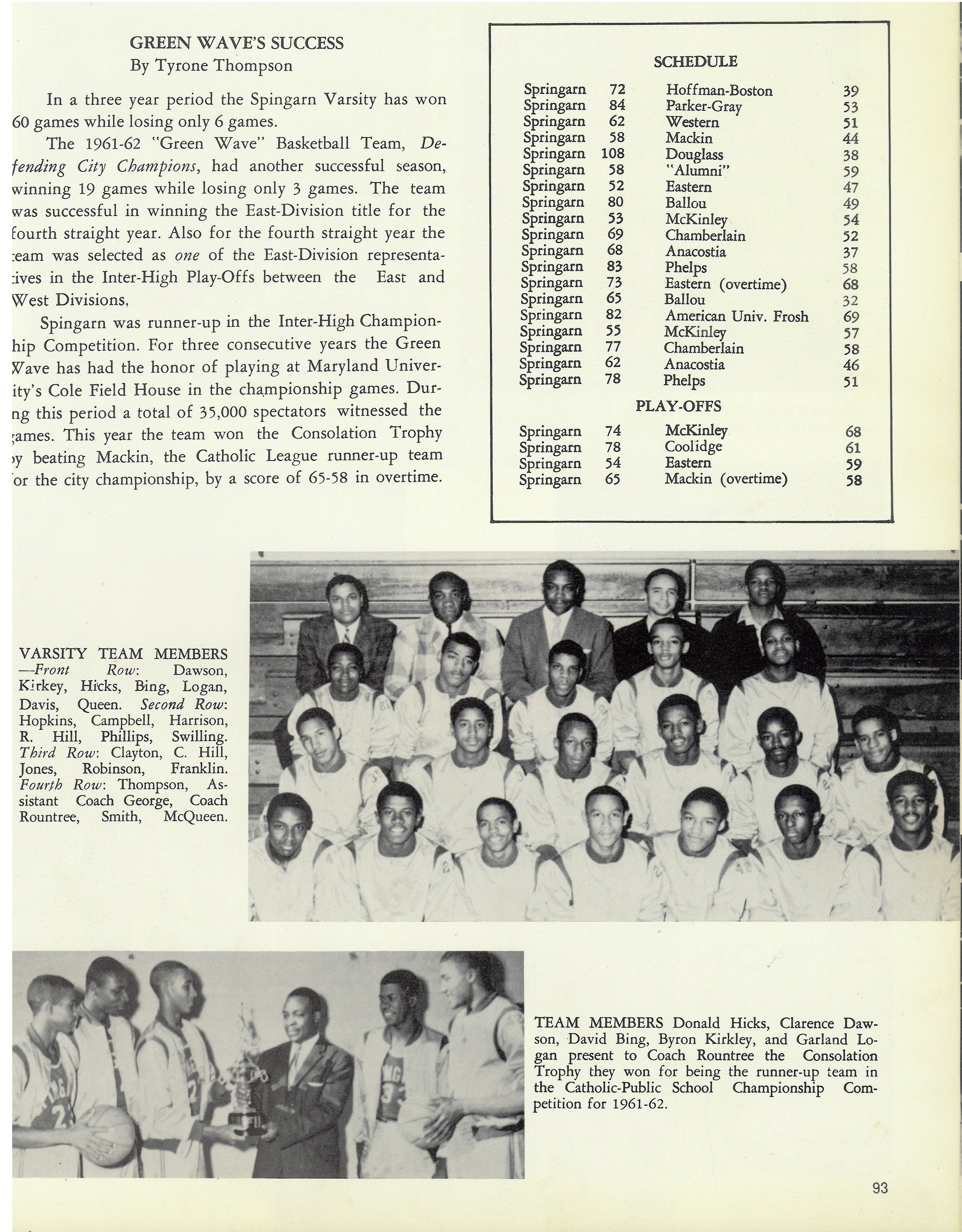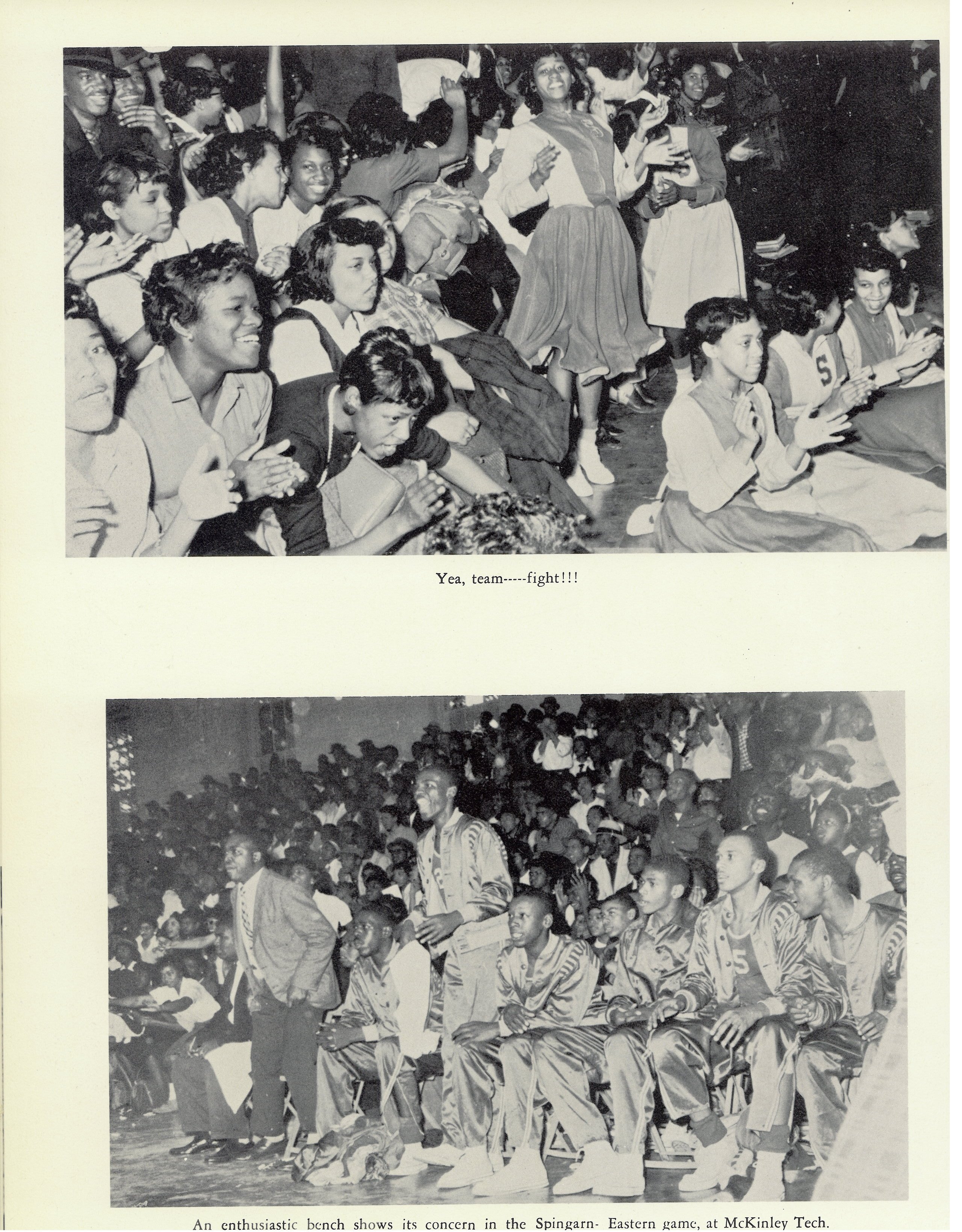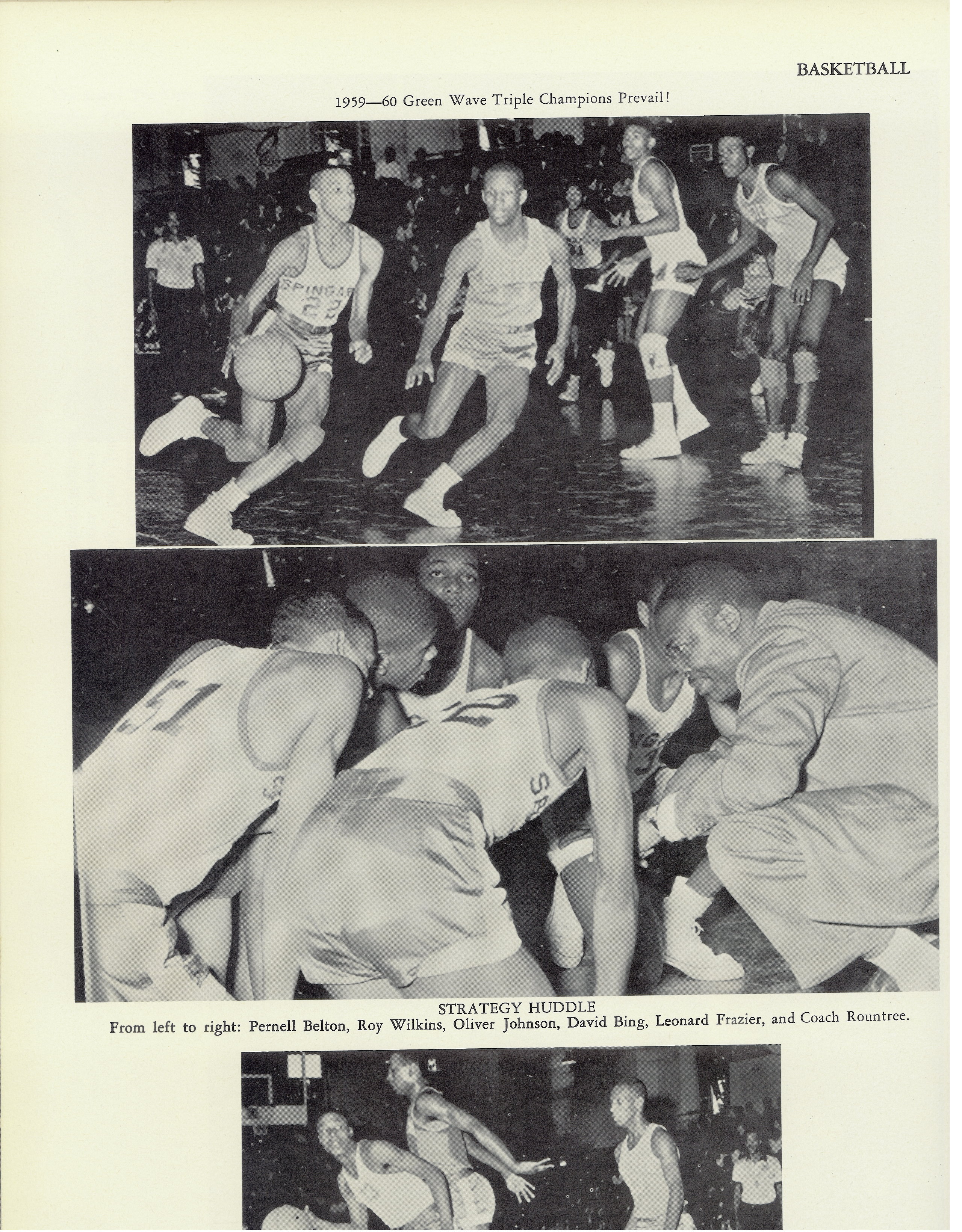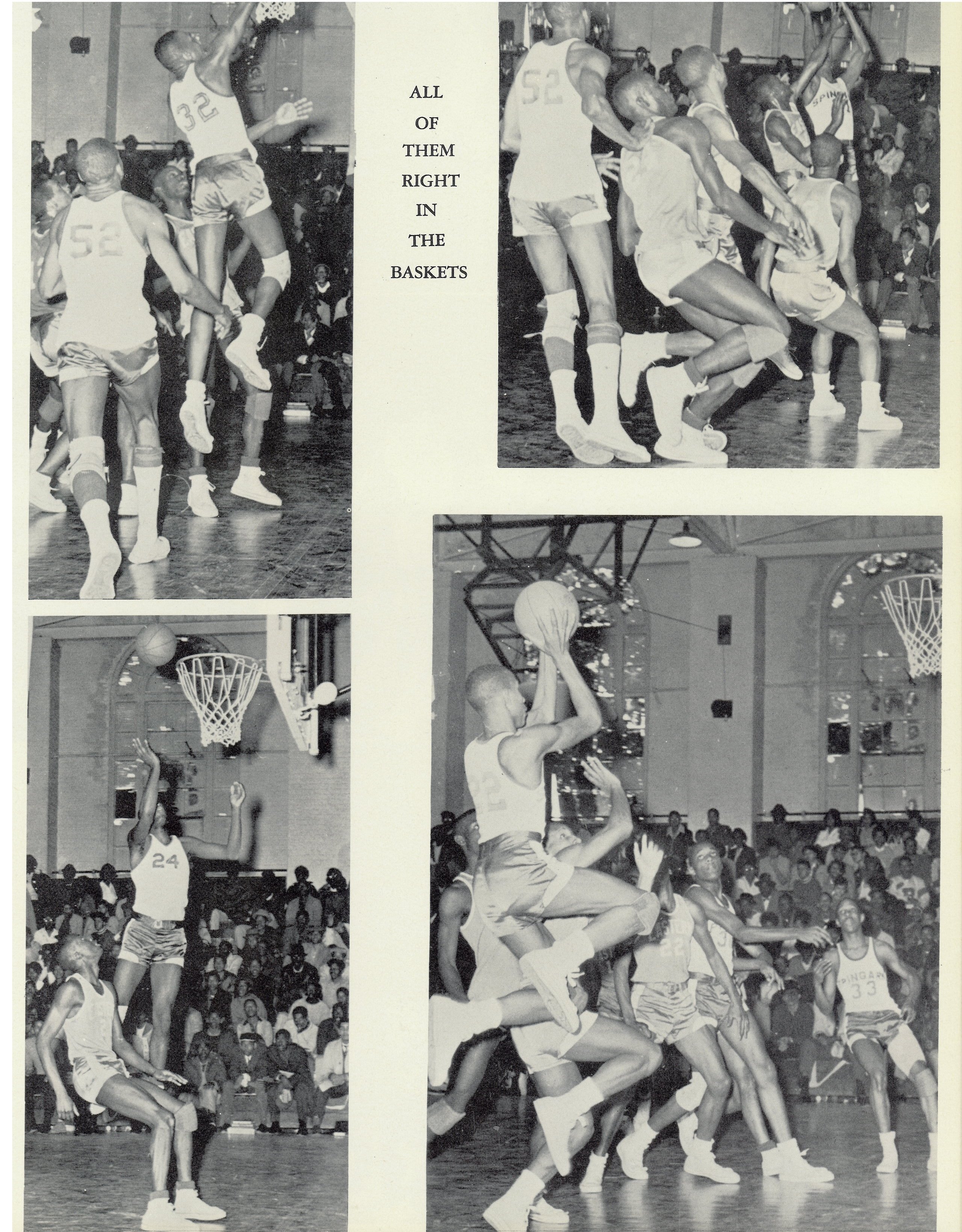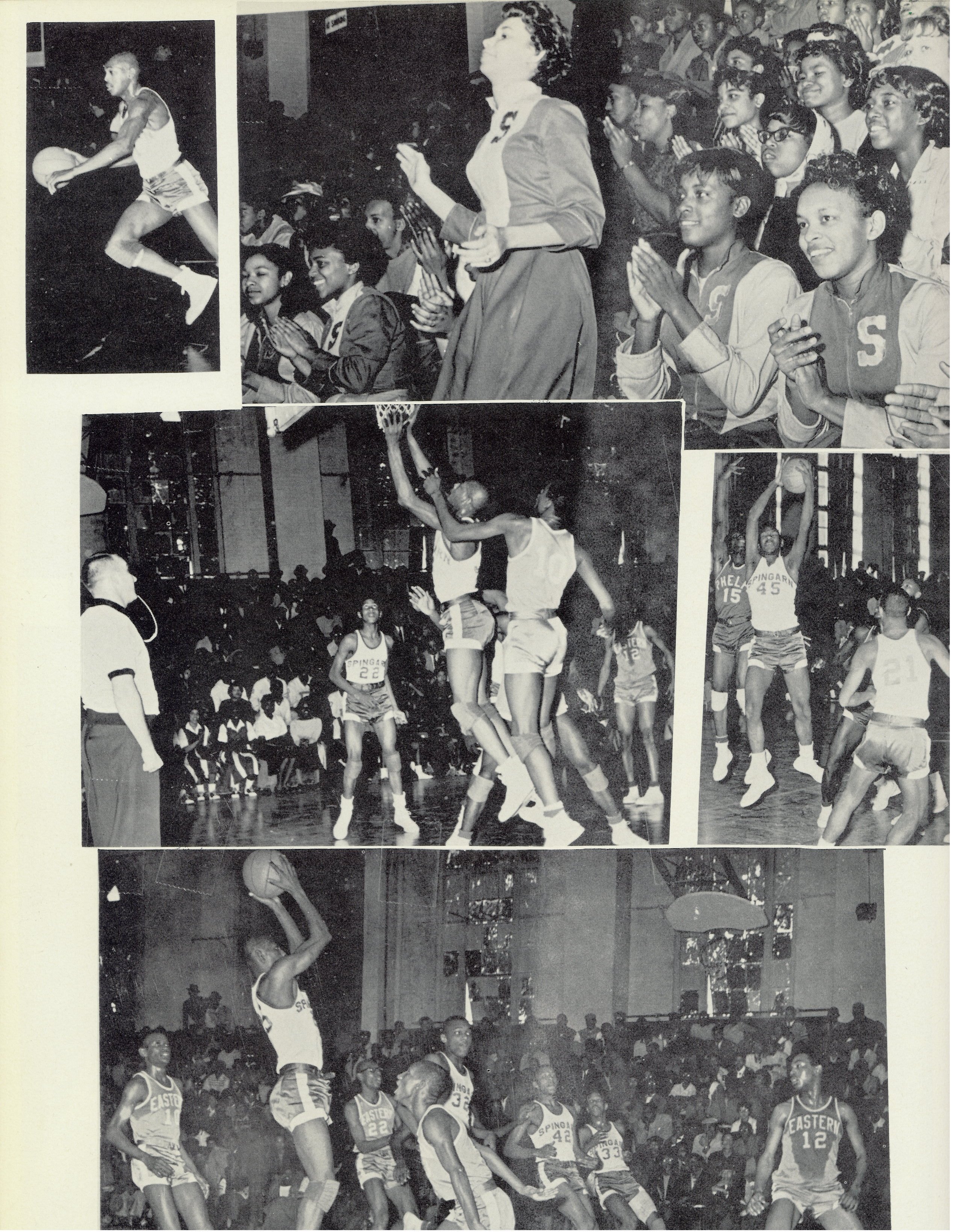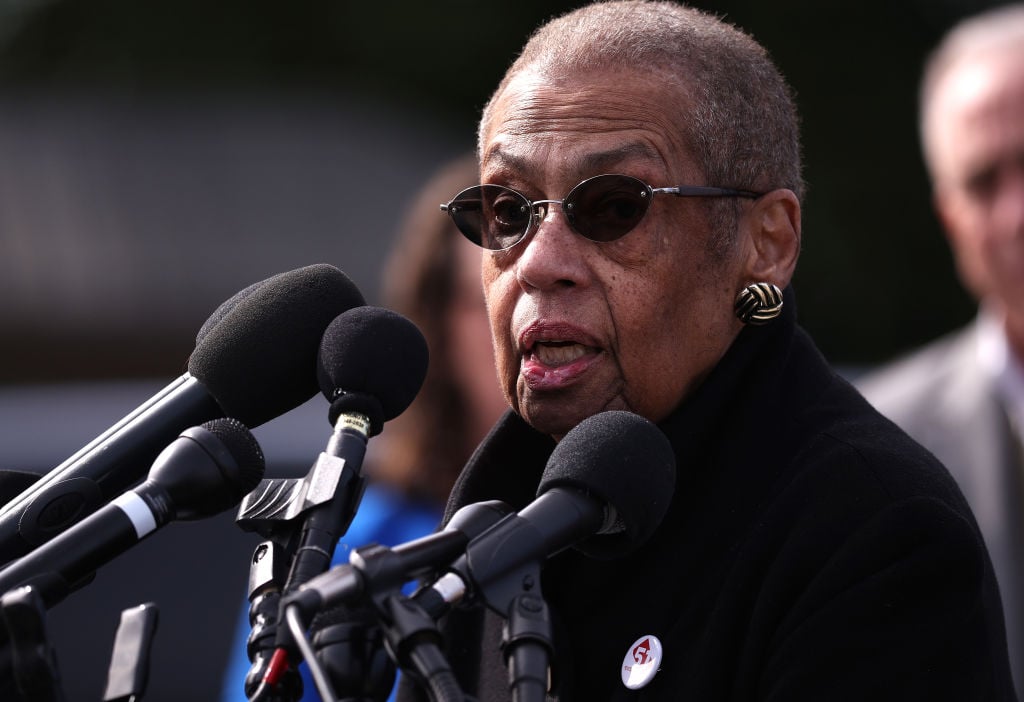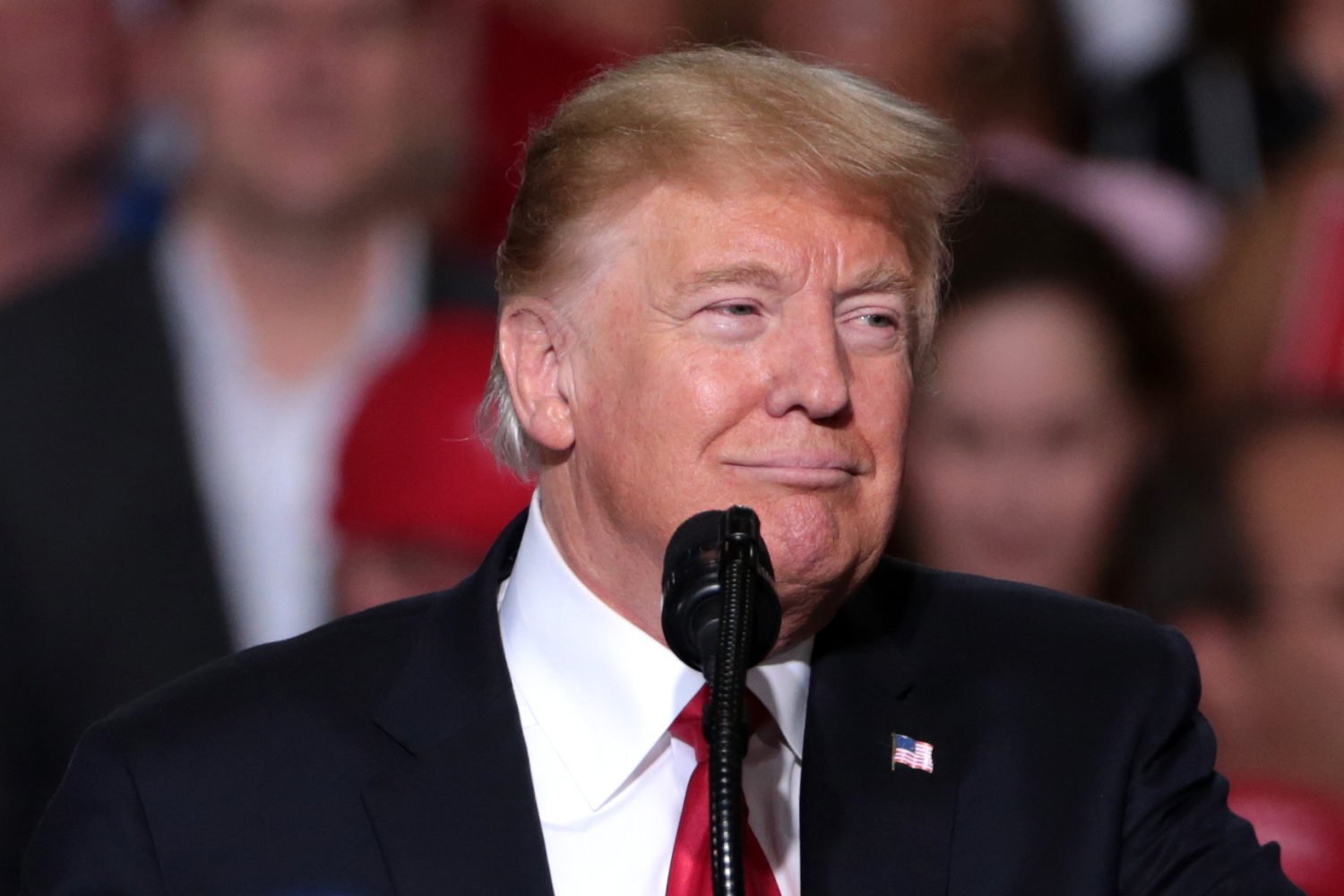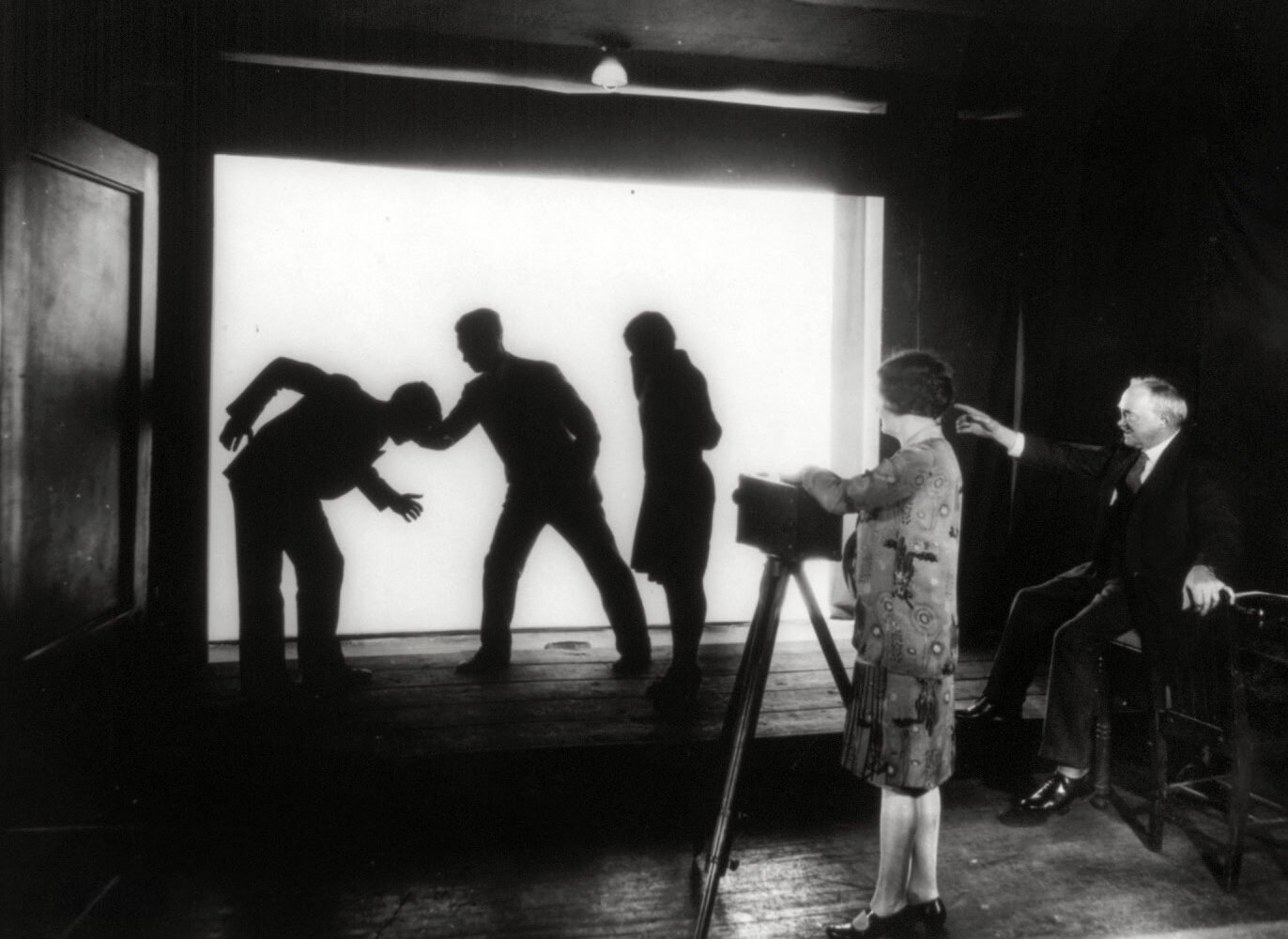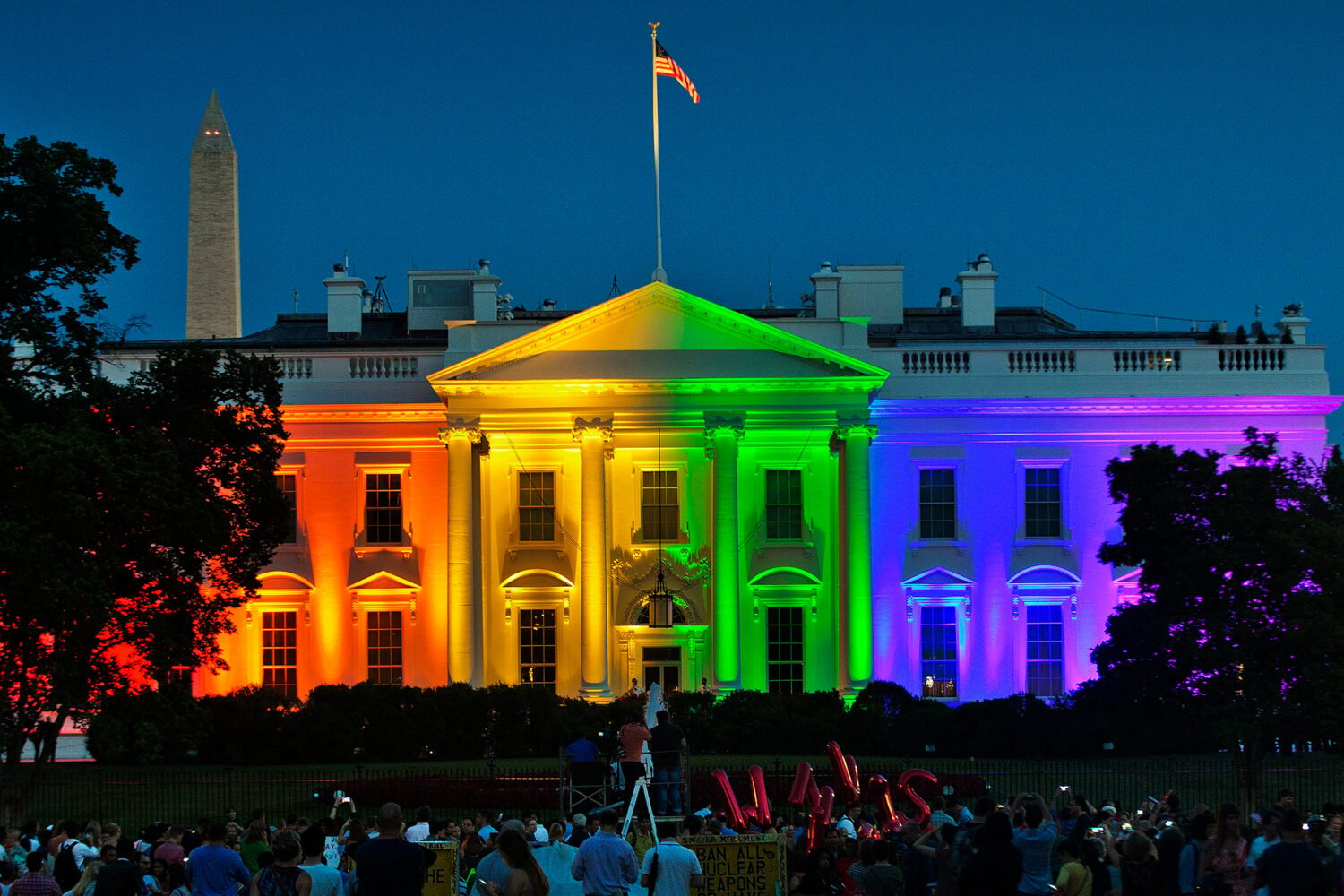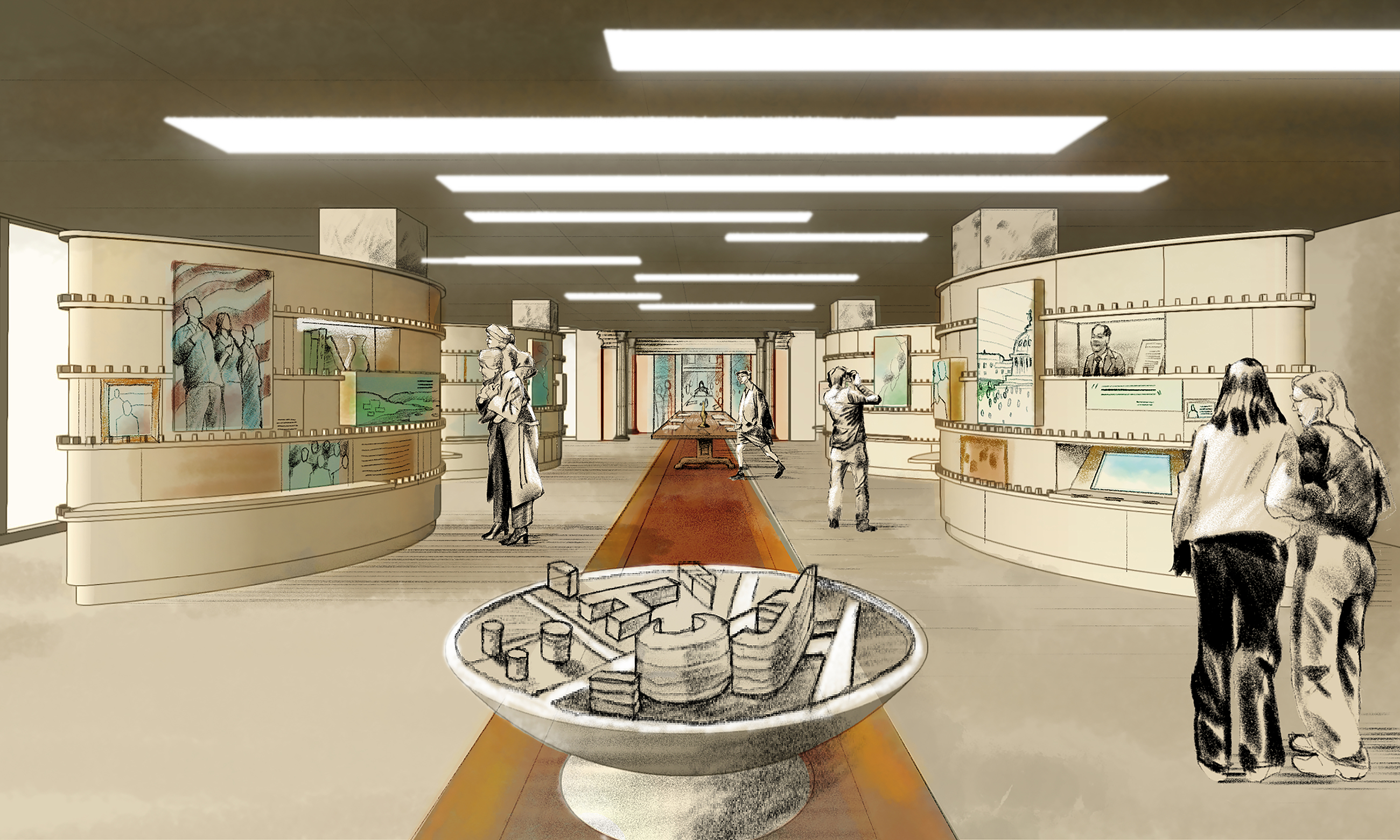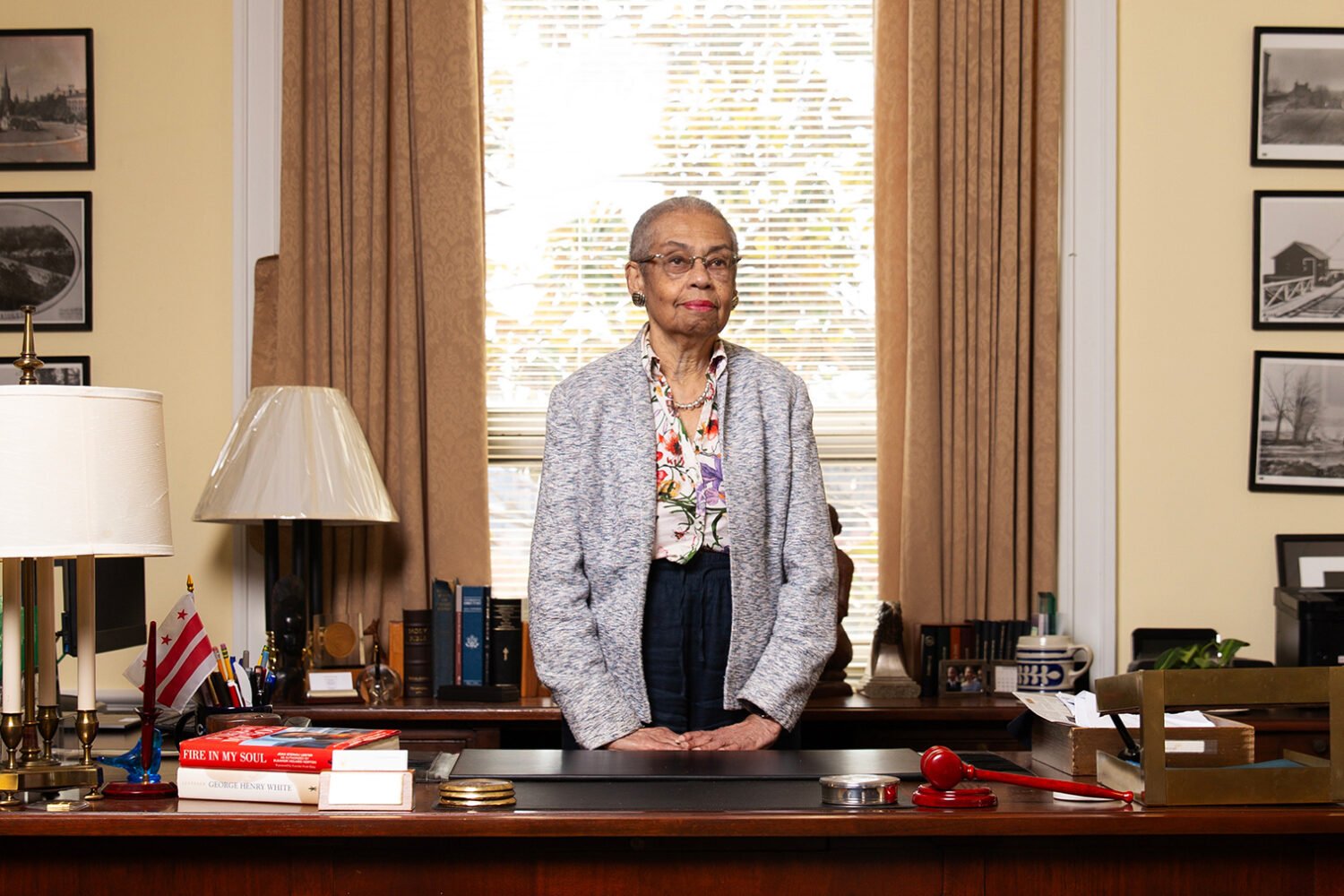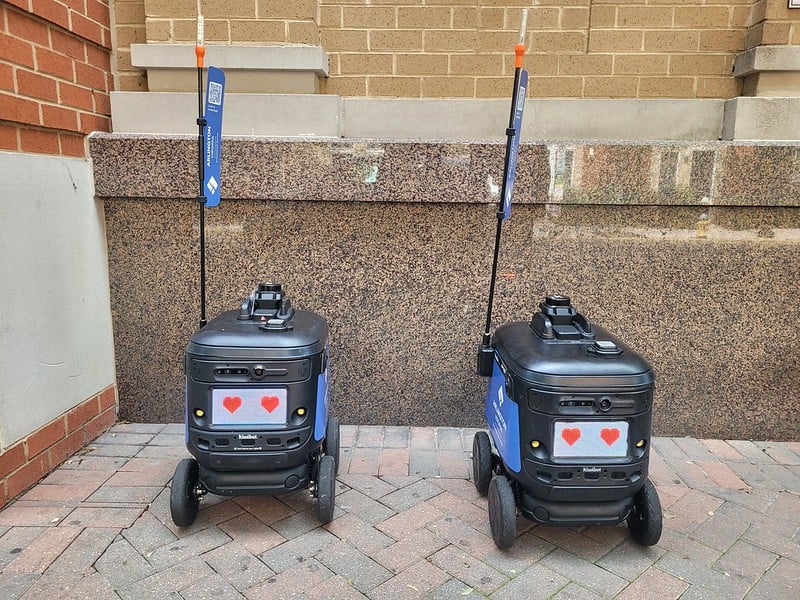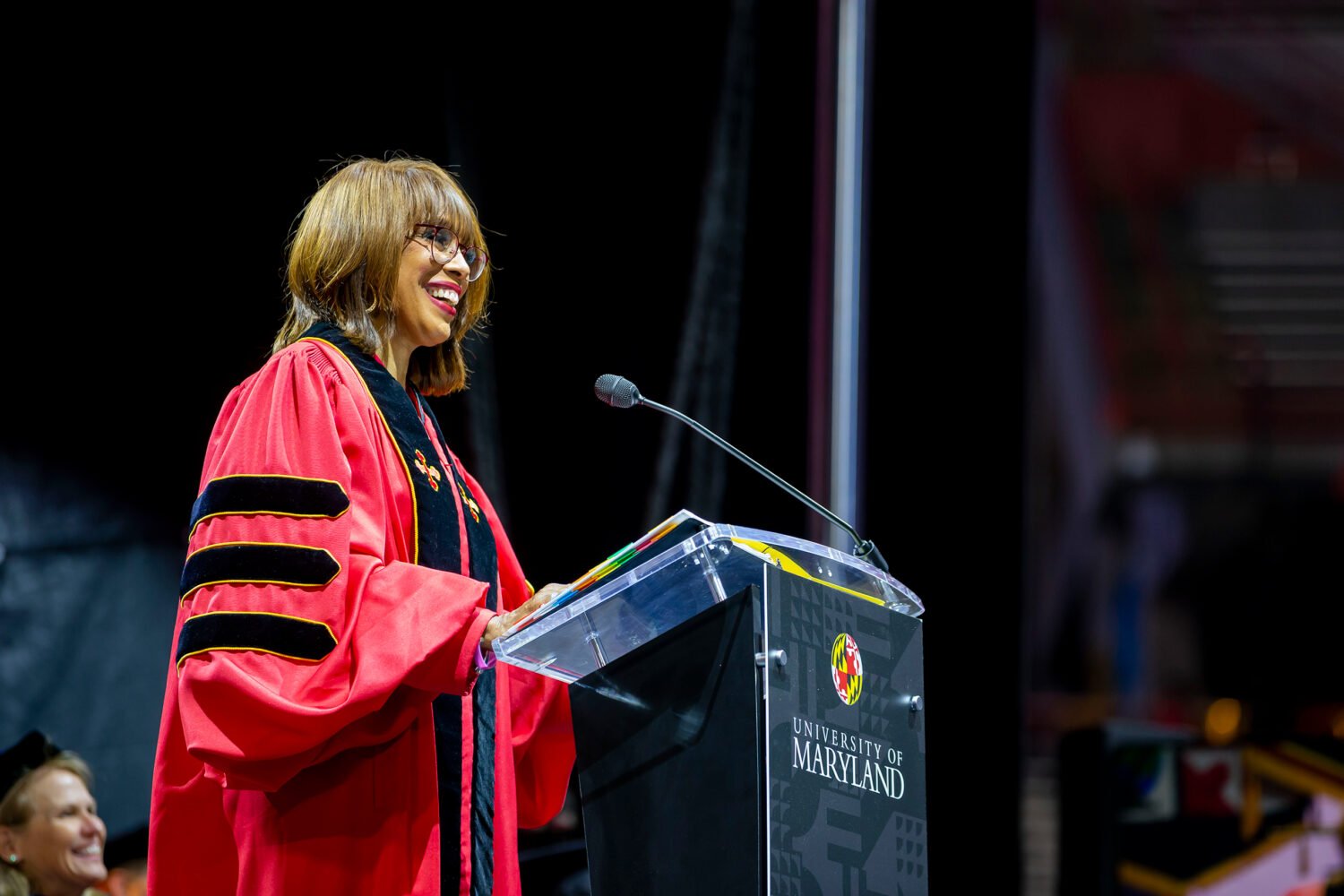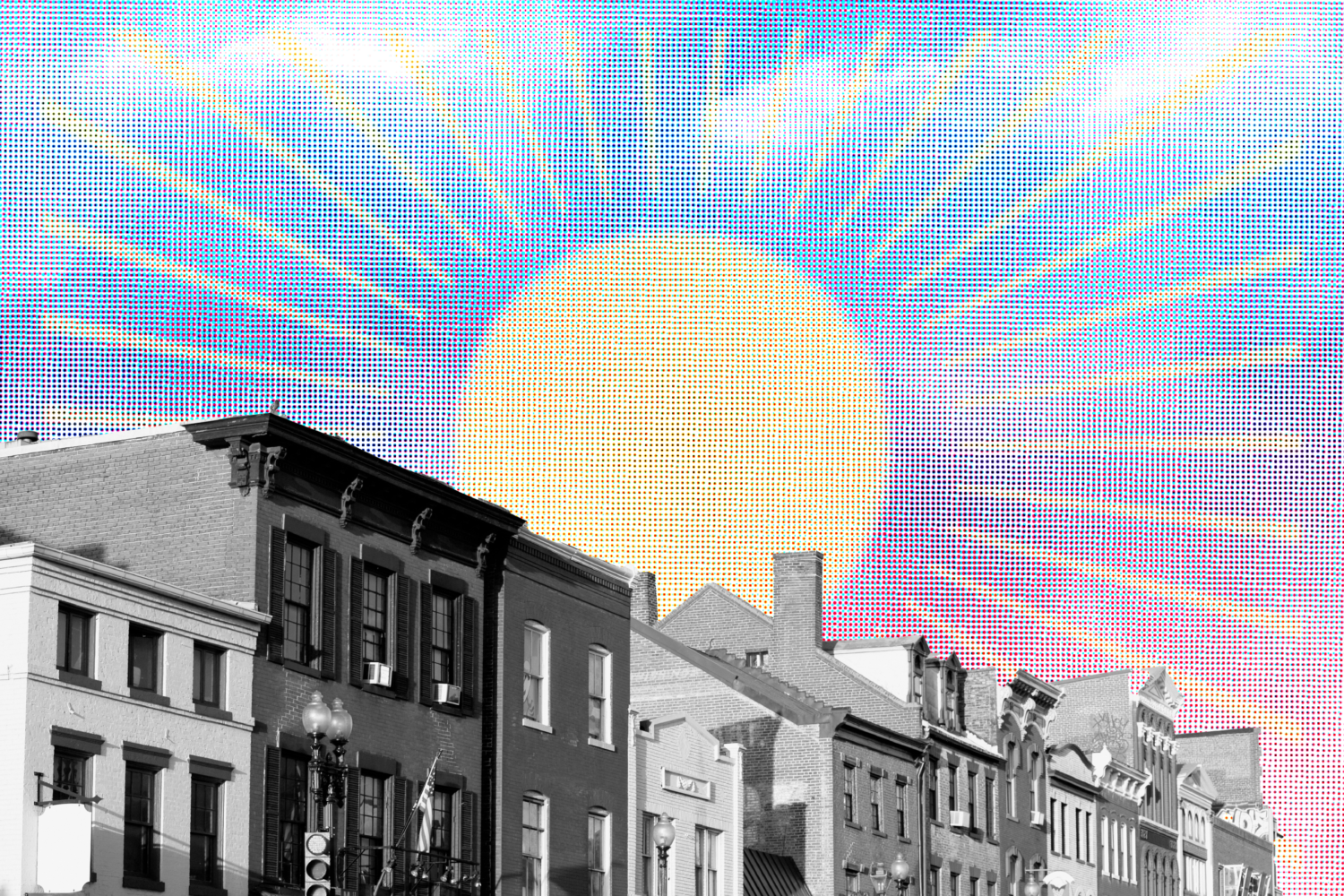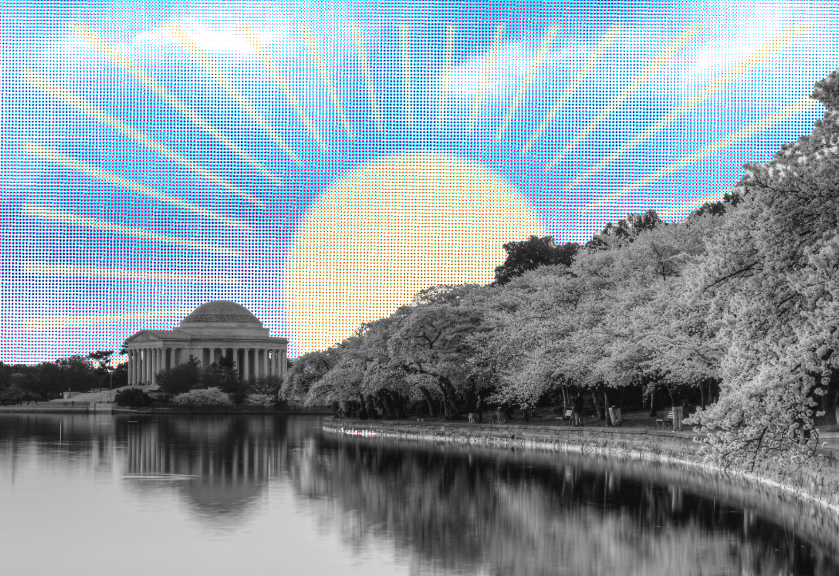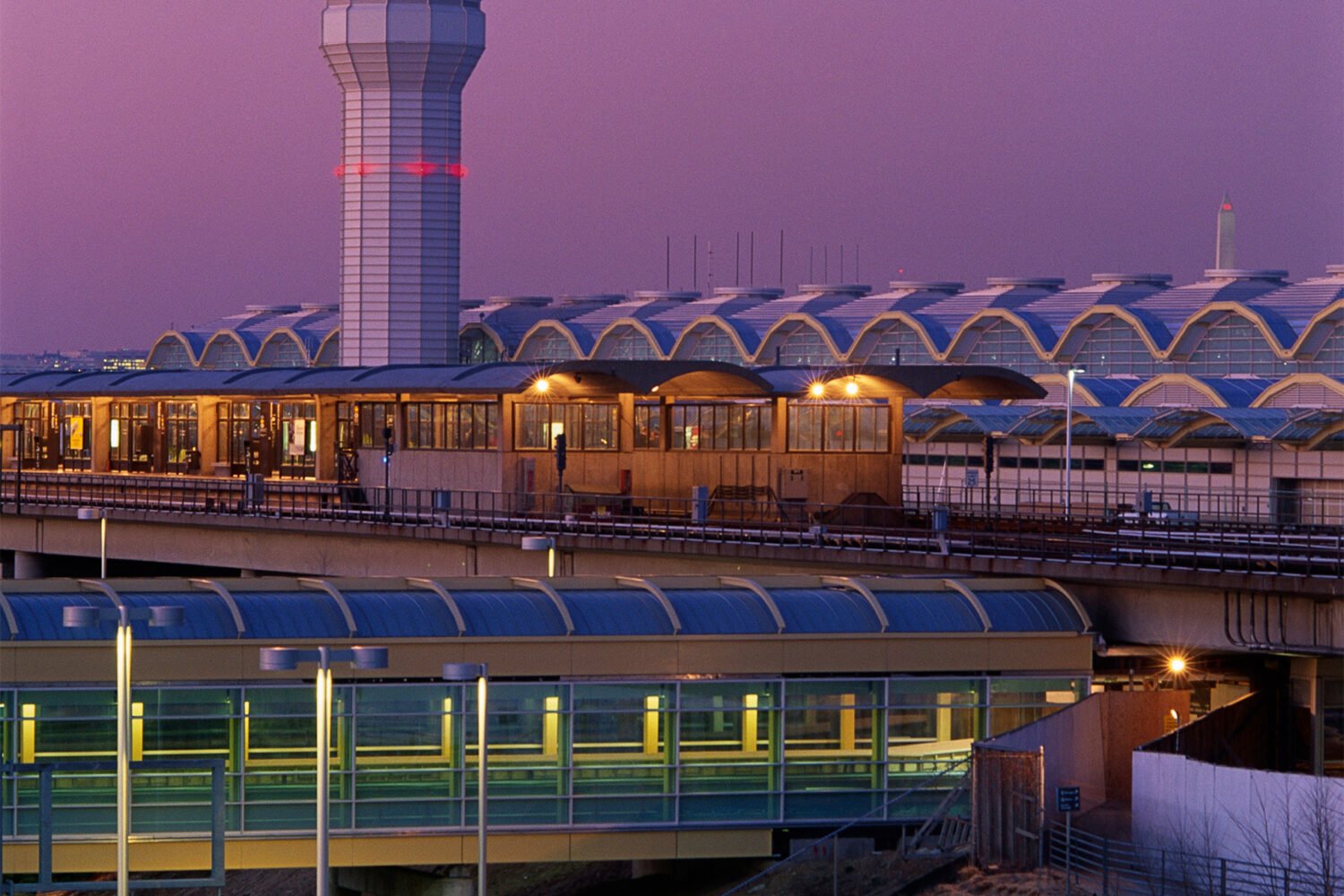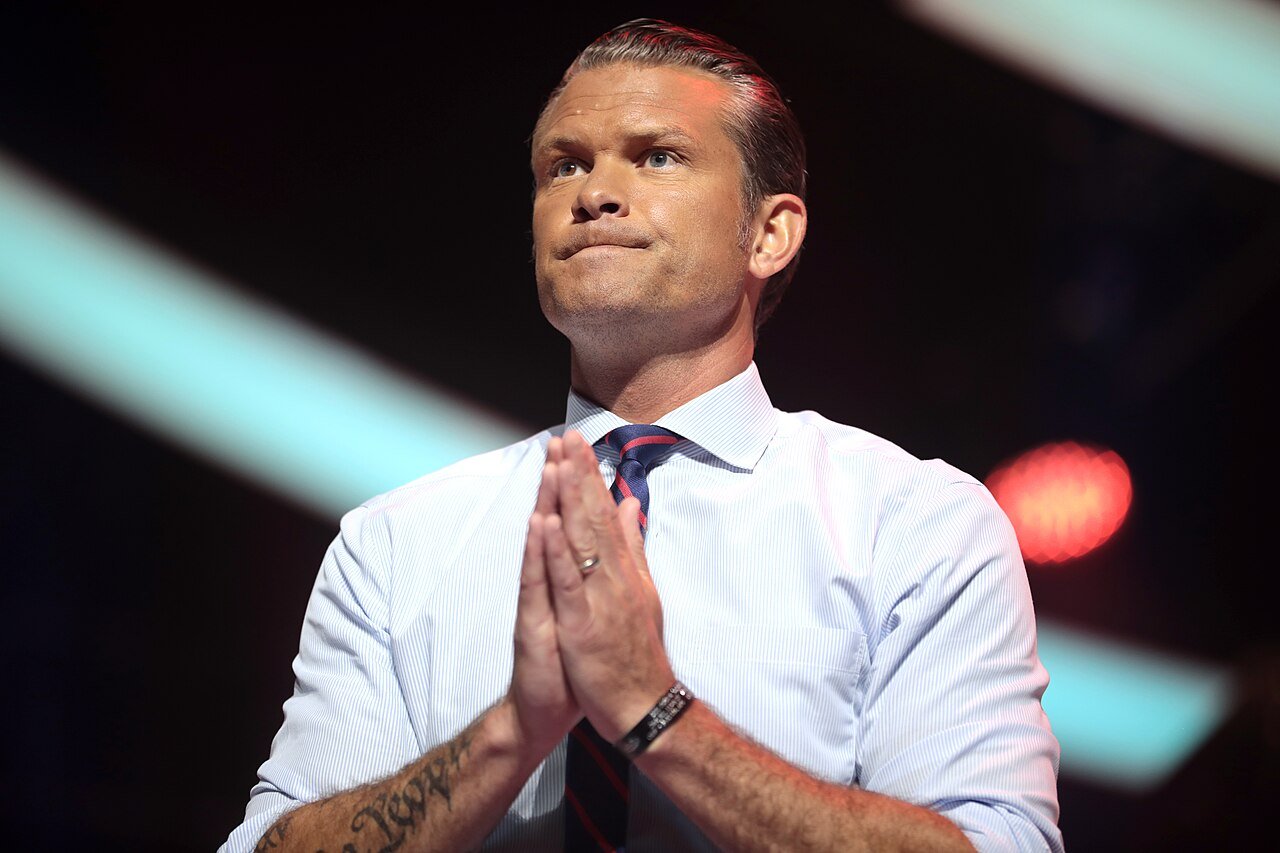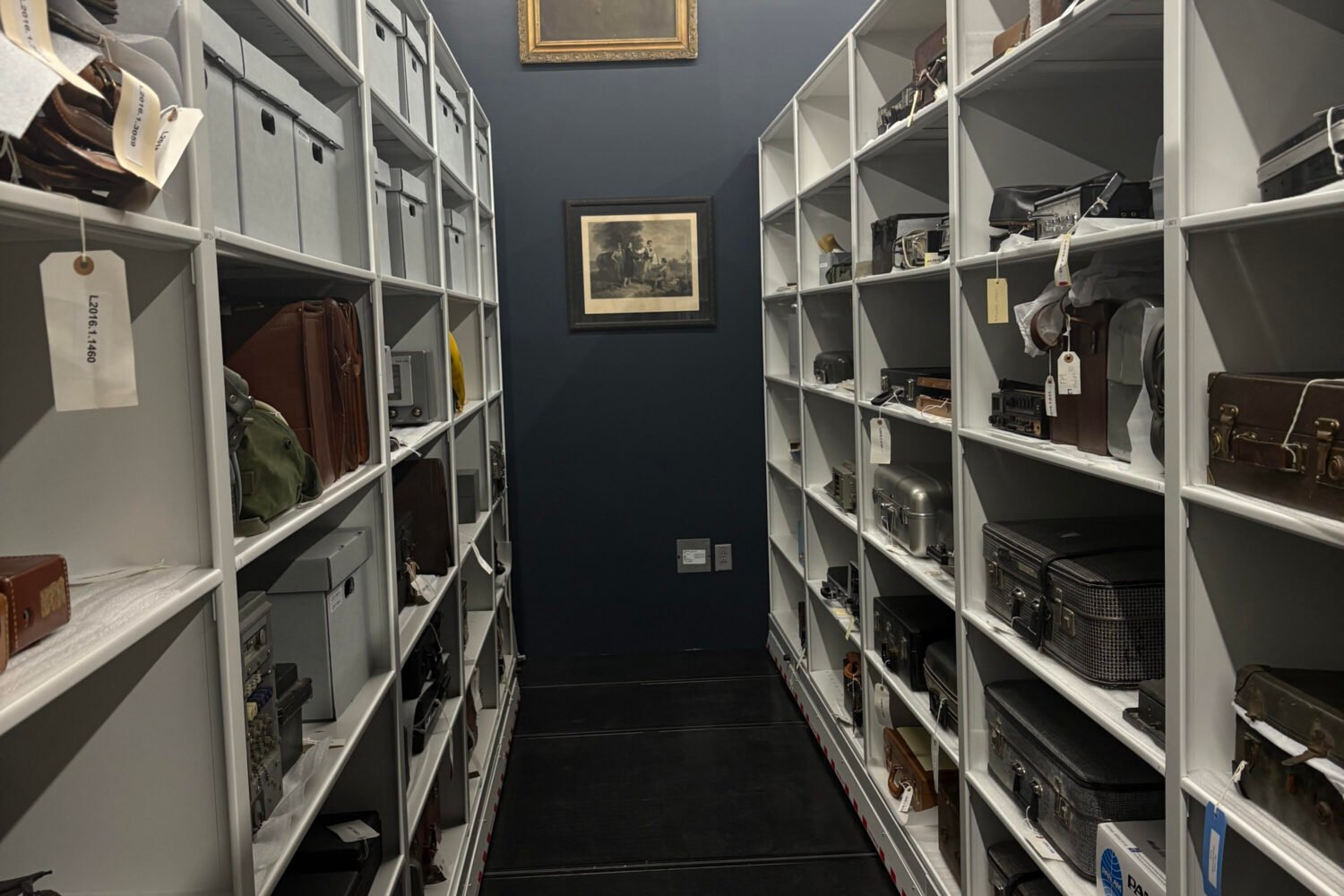As detailed in The Capital of Basketball, a book by the gifted sportswriter John McNamara, who was killed in the mass shooting at Annapolis’s Capital Gazette last June, DC-area hoops were instrumental in the game’s development and eventual ubiquity.
McNamara spent more than a decade working on this detailed history of Washington’s high-school basketball culture. His wife, Andrea Chamblee—with the help of writer and editor David Elfin—sifted through boxes of her husband’s notes and archived photos to finally publish his magnum opus. The book, which hit shelves this month, inspired Washingtonian‘s Lauren Bulbin to visit the Charles Sumner School Museum and Archives—as McNamara did—where she dug up some local high-school hoops arcana.
Future NBA stars battled on the city’s playgrounds, helped integrate its gyms and arenas, and made household names of schools like Dunbar and DeMatha—and they fill these yearbook pages from the 1950s through 1970s. These photos show what McNamara describes in The Capital of Basketball: “Basketball may have been born in Springfield, but it was adopted and raised in Washington.”
There will be a series of November book-launch events: Annapolis, Nov. 16; University of Maryland, Nov. 21; Howard University, Nov. 22.
Spingarn High School 1954-1962
According to McNamara, two things led to DC players participating in the highest levels of the game: “Most important was integration. Once black players were able to compete on the same court as white players, they gained greater visibility.”
Second was the emergence of Spingarn High’s Elgin Baylor (pictured in the above yearbook photo listing “physical education teacher” as his post-grad ambition.) “In his day,” McNamara writes, “Baylor was every bit the drawing card that Michael Jordan was in his. Even folks in his rival NBA cities would make plans to come see Baylor and the Los Angeles Lakers when their traveling road show rolled into town.” Indeed, Baylor went on to a Hall-of-Fame career with the Lakers and is ranked third on our list of greatest living Washington athletes.
In the pre-Brown v. Board District, Baylor barely got the accolades he deserved in high school, writes McNamara, so he started his college career at “the tiny, obscure College of Idaho.” But he transferred from there to become an All-American at Seattle University. Time magazine described him in 1957 as a player with “so much polish he is sometimes too good for his teammates—his needle-threading passes often catch other Seattle players off guard.”
Dave Bing “must be on anyone’s short list of the greatest players Washington ever produced,” McNamara writes. The “smooth, elegant, playmaking guard” led Spingarn to multiple City Title games, including a 63-50 victory over the Morgan Wootten-led DeMatha Stags in 1961—in front of 10,600 fans in Maryland’s Cole Field House, no less.
Despite drawing little attention from college recruiters, “Bing went on to become an All-American at Syracuse, an NBA scoring champion, and a perennial all-star in Detroit,” McNamara writes. But Bing wasn’t alone in his level of play—between 1961 and 1966, six players from DC were NBA first-round picks. As McNamara notes, “Nothing like that had ever happened before locally, and it hasn’t happened since either.”
Oliver “Ollie” Johnson (#32) played with Bing at Spingarn, where he was a six-foot-five forward who led the Inter-High league in scoring and rebounding in the ’60-’61 season. A future first-round NBA draft pick, Johnson had a 17-point game against DeMatha for the City Title. McNamara writes: “One of four future pros in the game, [Johnson] had the most spectacular play of the Green Wave’s triumph in that City Title win—a thunderous dunk off a rare missed free throw by Bing.”
Dunbar High School 1974-1975
John “BaBa” Duren is pictured in this yearbook photo (second column from the right) with his name spelled incorrectly as “Durren.” Though not as recognizable a name as Elgin Baylor or Dave Bing, Duren was a known playmaker for the undefeated 1976 Dunbar team. He went on to play guard for Georgetown, where he joined his brother Lonnie and upset a stacked Maryland team in the NCAA Tournament his senior year. McNamara quoted prominent DC coaches to describe Duren’s style of play:
“‘The great thing about him is he’s cool under pressure,’ marveled [Eastern High coach A.B.] Williamson. ‘He’s got nerve. He doesn’t fold.’ Or as Duren’s future college coach, John Thompson, put it, ‘The man can play the game. That’s all there is to it.'”
Adrian Dantley, DeMatha Catholic High School, 1969-1973
Under legendary coach Morgan Wootten, DeMatha became a powerhouse in the 1960s, so by the time future NBA Hall-of-Famer Adrian Dantley showed up as a “pudgy” freshman in 1969, he only added to the Stags’s dominance. McNamara notes, “By the time Dantley graduated and moved on to Notre Dame, he had led the Stags to a sparkling 111-88 record, four straight league titles, and four straight years of No. 1 rankings in the local newspapers.”





